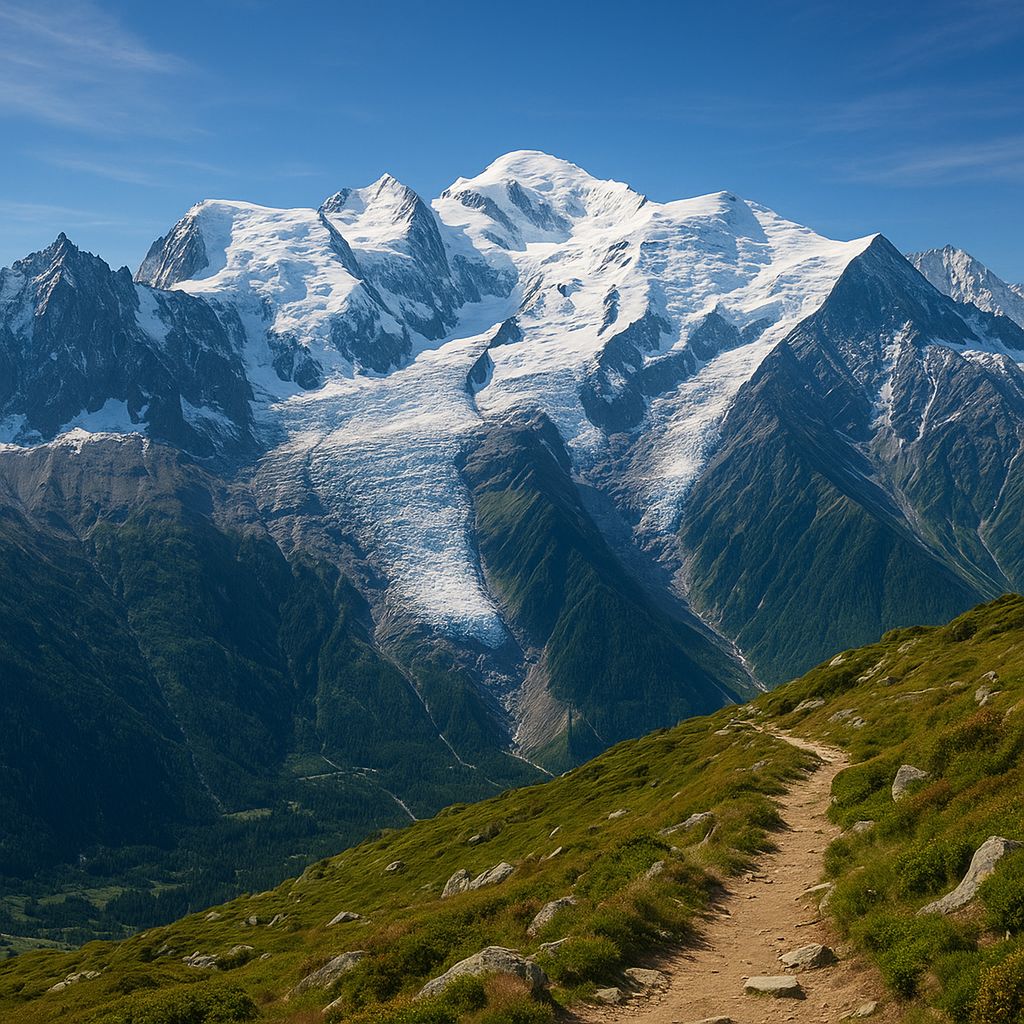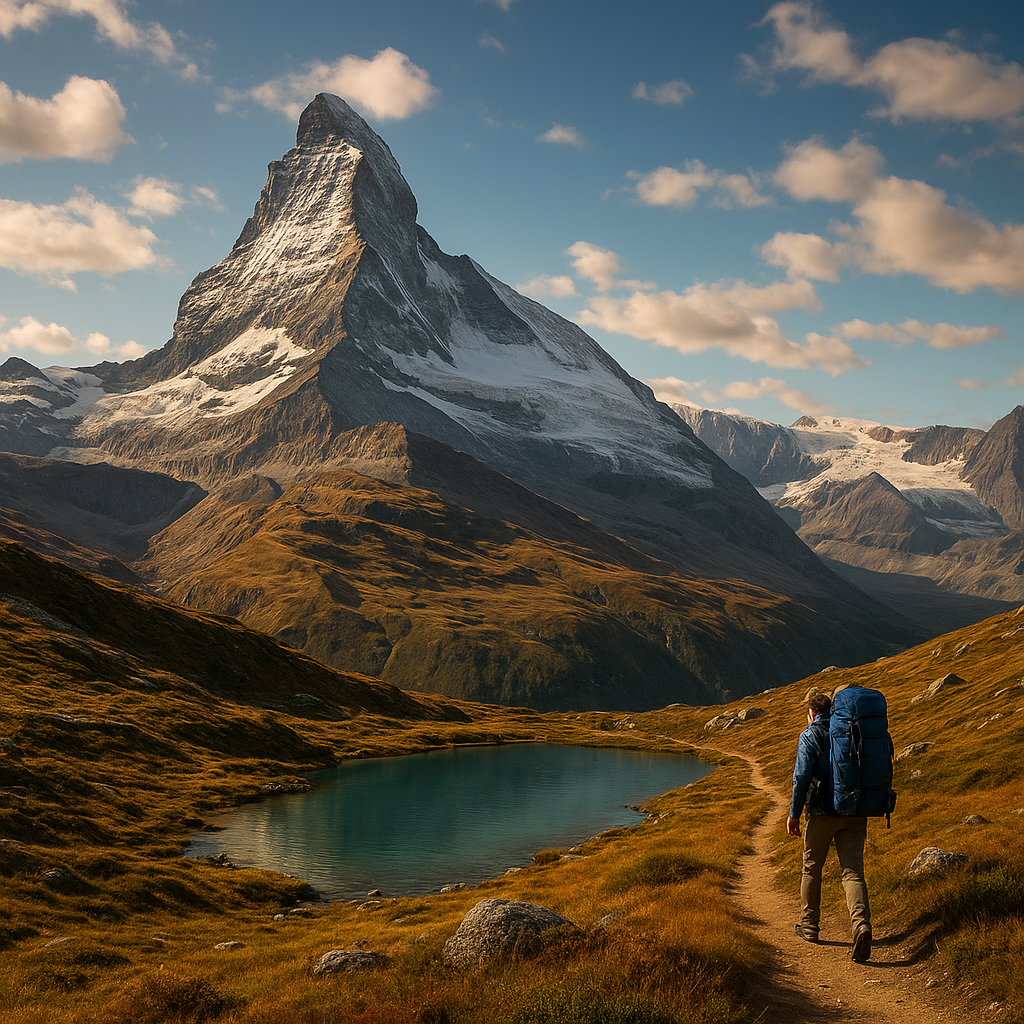
Engaging in alpine sports exposes your skin to unique environmental conditions that necessitate special care, particularly when it comes to sun protection. Choosing the right SPF (Sun Protection Factor) is crucial for maintaining skin health and preventing long-term damage. This article delves into the specifics of selecting the appropriate SPF for alpine activities, considering factors such as altitude, snow reflection, and varying weather conditions.
Understanding the Impact of Altitude on Sun Exposure
One of the most significant factors to consider when choosing an SPF for alpine sports is the altitude. As you ascend to higher elevations, the atmosphere becomes thinner, and its ability to filter ultraviolet (UV) radiation diminishes. For every 1,000 meters (approximately 3,280 feet) you climb, UV levels increase by about 10-12%. This means that at higher altitudes, your skin is exposed to more intense UV radiation, which can lead to quicker sunburns and increased risk of skin damage.
Moreover, the cold temperatures often associated with alpine environments can give a false sense of security. The cool air may mask the sensation of sunburn, making it easier to underestimate the intensity of the sun’s rays. Therefore, it is essential to choose a high SPF sunscreen to provide adequate protection. Dermatologists generally recommend using a broad-spectrum sunscreen with an SPF of at least 30, but for alpine sports, an SPF of 50 or higher is advisable.
The Role of Snow Reflection in UV Exposure
Another critical aspect to consider is the reflective nature of snow. Snow can reflect up to 80% of UV radiation, effectively doubling your exposure. This reflection can affect areas of the skin that are not typically exposed to direct sunlight, such as the underside of the chin and the nose. As a result, it is crucial to apply sunscreen thoroughly and evenly to all exposed skin, including often-overlooked areas.
In addition to using a high SPF sunscreen, wearing protective clothing and accessories can further mitigate the risks. UV-blocking goggles or sunglasses, wide-brimmed hats, and face masks can provide additional layers of protection. These measures are particularly important during peak sun hours, typically between 10 AM and 4 PM, when UV radiation is at its strongest.
Weather Conditions and Their Influence on SPF Choice
Weather conditions in alpine regions can be highly variable, ranging from bright, sunny days to overcast, snowy conditions. While it might seem that cloudy weather reduces the need for sunscreen, this is a common misconception. Up to 80% of UV rays can penetrate through clouds, meaning that sun protection is necessary even on overcast days.
Windy conditions, often prevalent in alpine environments, can also exacerbate the effects of UV exposure. Wind can dry out the skin, making it more susceptible to damage. Therefore, it is beneficial to choose a sunscreen that not only offers high SPF protection but also has moisturizing properties to keep the skin hydrated.
Types of Sunscreens: Chemical vs. Physical
When selecting a sunscreen for alpine sports, it is essential to understand the differences between chemical and physical sunscreens. Chemical sunscreens absorb UV radiation and convert it into heat, which is then released from the skin. These sunscreens are often lighter and more comfortable to wear but may require frequent reapplication, especially during intense physical activity.
On the other hand, physical sunscreens, also known as mineral sunscreens, contain active mineral ingredients like zinc oxide or titanium dioxide. These ingredients sit on the skin’s surface and reflect UV radiation. Physical sunscreens are generally more stable and provide longer-lasting protection, making them a suitable choice for extended periods spent outdoors. However, they can be thicker and may leave a white cast on the skin, which some users find less appealing.
Application Tips for Maximum Protection
Proper application of sunscreen is crucial for ensuring maximum protection. Here are some tips to keep in mind:
- Apply Generously: Use a sufficient amount of sunscreen to cover all exposed skin. A common guideline is to use about one ounce (a shot glass full) for the entire body.
- Reapply Regularly: Reapply sunscreen every two hours, or more frequently if you are sweating or wiping your face. Water-resistant sunscreens are beneficial, but they still need to be reapplied after swimming or heavy sweating.
- Don’t Forget the Lips: Use a lip balm with SPF to protect your lips, which are often overlooked but can be highly susceptible to sunburn.
- Layering Products: If you are using other skincare products, apply sunscreen as the final step in your routine to ensure it forms a protective barrier on top of your skin.
Conclusion
Choosing the right SPF for alpine sports is a multifaceted decision that requires consideration of altitude, snow reflection, weather conditions, and the type of sunscreen. By understanding these factors and following proper application techniques, you can effectively protect your skin from the harmful effects of UV radiation. Remember, sun protection is not just about preventing sunburn; it is a crucial step in maintaining long-term skin health and preventing serious conditions such as skin cancer. So, the next time you head to the mountains, make sure you are well-prepared with the right SPF to enjoy your alpine adventures safely.

